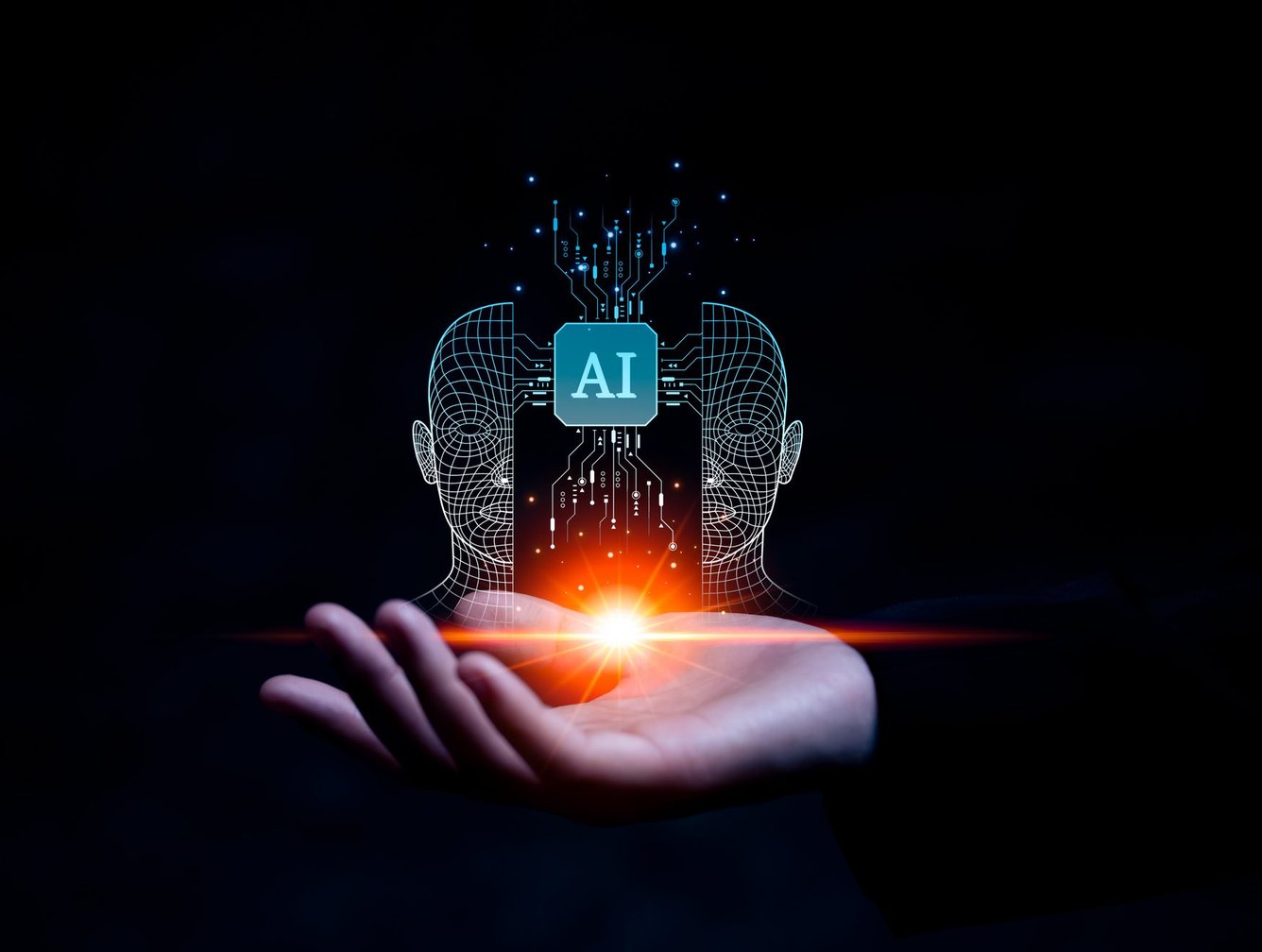Introduction:
In the ever-evolving landscape of artificial intelligence (AI), one of the most captivating and transformative application is image recognition. The technology has revolutionized the way machines perceive and interpret visual information, opening up new possibilities across various industries. In this blog, we’ll delve into the fascinating word of image recognition with AI, exploring its capabilities, applications and the impact it has on our daily lives.
Understanding Image Recognition:
Image recognition, a subset of computer vision, involves the development of algorithms and models that enable machines to interpret and understand visual data. Just as human use their eyes to recognize objects, people and scenes. AI-powered image recognition systems leverage sophisticated algorithms to analyze and Identify patterns within images.
Key Components of Image Recognition:
- Data Collection and Training: Image recognition algorithms require vast amounts of labeled data to learn and generalize patterns. During the training phase, the AI system is exposed to a diverse range of image, and it learns to associate specific patterns of features with corresponding labels.
- Deep Learning Architectures: Many state-of-the-art image recognition systems utilize deep learning architectures, such as convolutional neural networks, (CNNs). These neural networks are designed to automatically learn hierarchical representations of visual features, allowing for more accurate and nuanced recognition.
- Feature Extraction: Feature extraction involves identifying key components or characteristics within an image. Al algorithms use these features to make sense of the visual information and distinguish one object from another.
The Impact on Society:
The integration of image recognition with AI has undoubtedly transformed various industries, making processes more efficient, accurate and reliable. As these technologies continue to advance, we can anticipate even more innovative applications, further shaping the way we interact with the word around us. Below are some applications impacting in various areas.
- Healthcare: Image recognition is transforming the healthcare industry by aiding in the early detection of disease, analyzing medical images and assisting in surgical procedures.
- Autonomous Vehicles: In the realm of self-driving cars, image recognition is a critical component for identifying pedestrians, other vehicles, road signs, and obstacles. This technology enhances safety and enables vehicles to navigate their surroundings.
- Retail: E-commerce platforms use image recognition to improve user experience through visual search capabilities. Customers now can search for products using images, making shopping process more intuitive.
- Security: It is used in security system for facial recognition, object detection.
Challenges: While image recognition has made tremendous strides, challenges remains, such as handling diverse datasets, ensuring model interpretability, and addressing ethical concerns related to privacy and bias.
Conclusion: Image recognition with AI represents a significant leap forward in the field of computer vision, bringing about transformative changes in diverse sectors. From healthcare to transportation and beyond, the ability of machines to interpret and understand visual information is reshaping industries and improving the quality of our lives. As researchers and developers continue to refine these technologies, the future holds exciting possibilities for image recognition and its potential to revolutionize how we perceive and interact with the visual world.












Excellent blog!